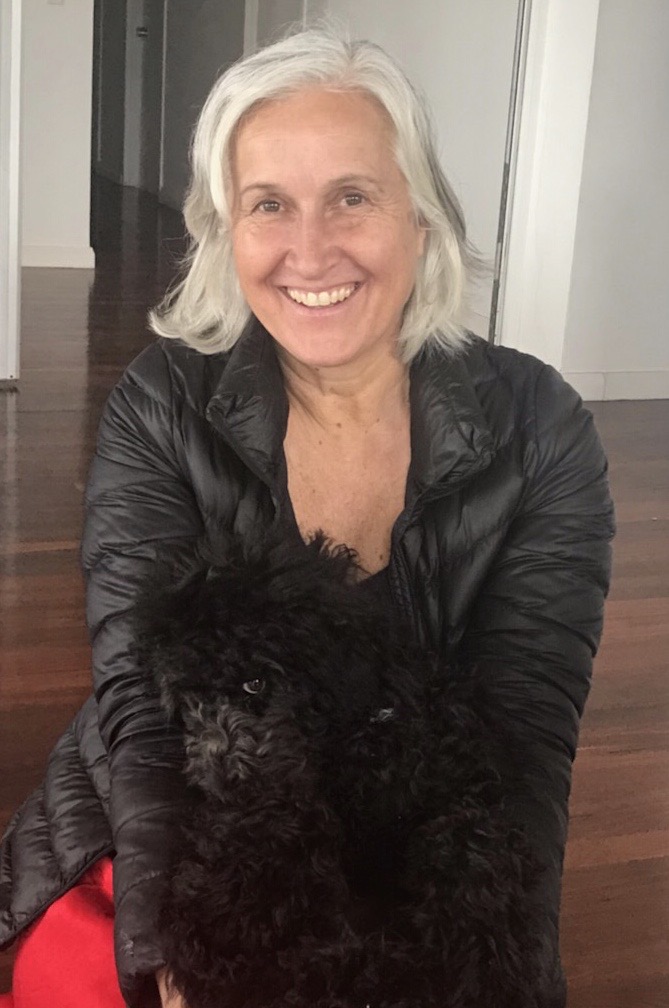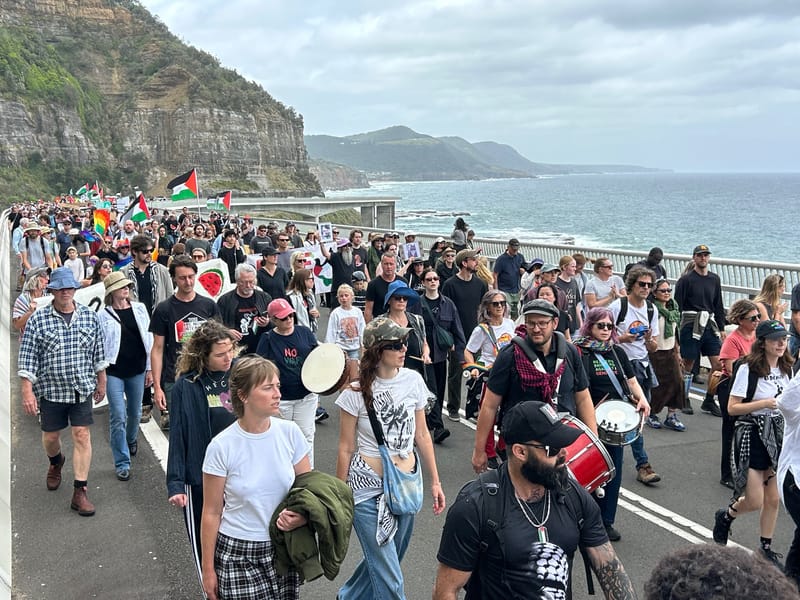It's Plastic Free July
NSW is off to a great start by banning plastic bags!
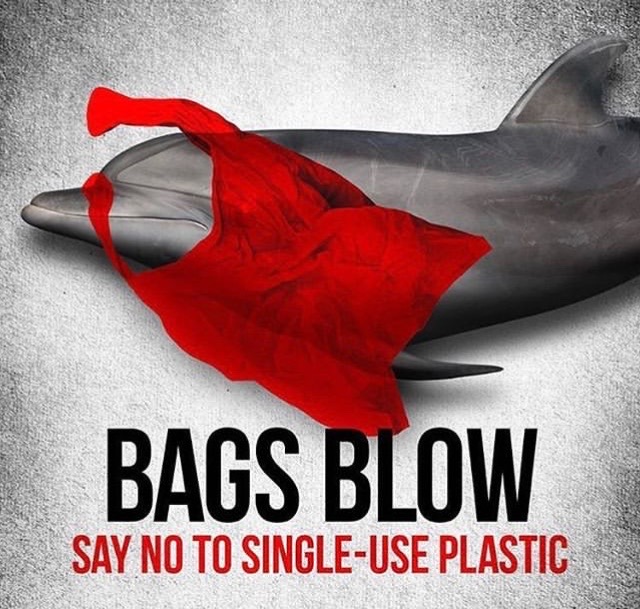
Hello Plastic Free July, and NSW is off to a great start by banning plastic bags!
As a nation we are reducing our dependence on single-use plastics and can celebrate the fact that Australia now has a nationwide ban on lightweight plastic bags. As of November this year, NSW will also ban plastic-stemmed cotton buds, plastic straws and stirrers, plastic cutlery, plates and bowls, expanded polystyrene foodware and microbeads. (Microbeads are the teeny tiny balls of plastic filler that are used in our cosmetics, shampoos and toothpastes that wash away down the drain to pollute our waterways and ocean).
Whilst we can celebrate the wins, NSW is lagging behind WA in the banning of helium balloon releases, plastic cups, coffee cups and lids, produce bags and heavyweight bags, and polystyrene packaging … but we will get there. Your voice, pen and actions will get us there.
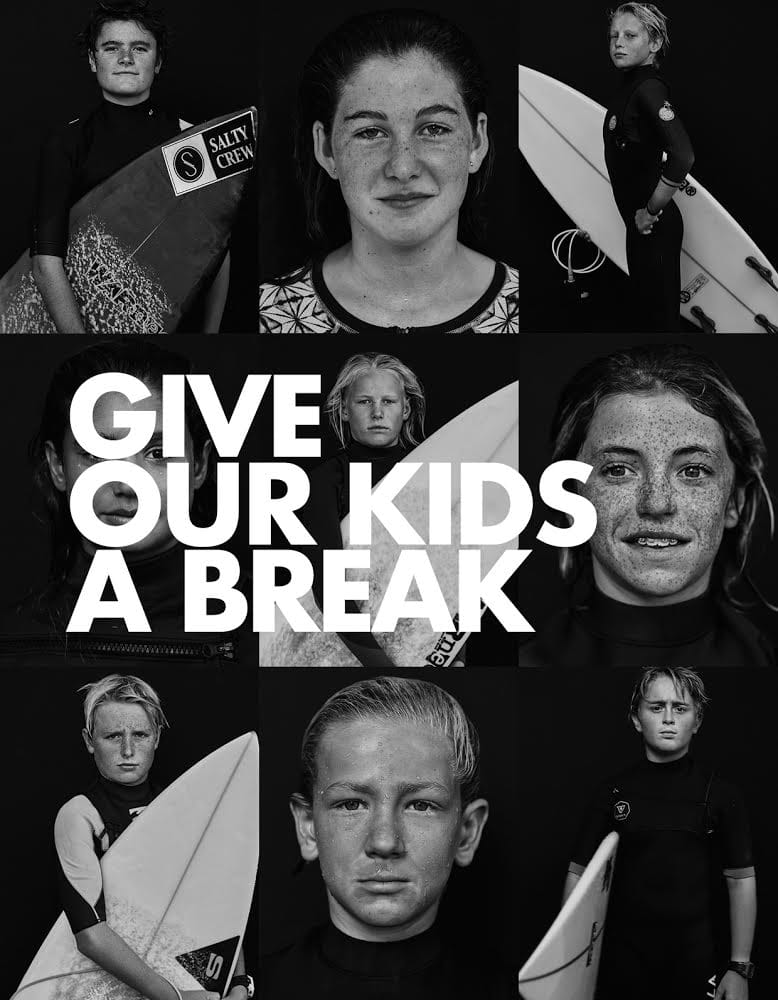
If we truly want a 'plastic free' July then it is up to each of us to do something now because the way we are currently heading, global plastic waste is almost set to triple by 2060 unless we rein it in, the Organisation for Economic Co-operation and Development (OECD) reported in June.
We all want to protect our land and sea and Wollongong City Council is very supportive of environmental issues. The push is on for companies to do the right thing and many do, however, the #BreakFreeFromPlastic brand audit last year identified the top 5 global plastic polluters as being Coca Cola, Pepsico, Nestle, Unilever and Proctor & Gamble, and our supermarket trolleys are filled with their brightly coloured plastics.
So can’t we just pop the discarded plastics in the yellow recycling bin to be taken away and recycled into sportswear and board shorts? We can and do, however, some plastics are difficult to recycle simply because there are too many different types of plastics and they are not all compatible to be recycled together. More of these coloured plastics could be recycled if there was a global standardisation of plastic containers. Currently producers make whatever plastic they want (usually whatever is cheapest and most rigid), but if governments were to enforce a globally acceptable ‘standard’ then we would have higher recycling rates. A hair product can have up to five different types of plastic within the one package: bottle, seal, cap, label, plastic film on the cardboard box. It defies logic. How can we expect 100% recycling outcomes when there are thousands of plastic varieties and not all are compatible for bulk recycling?
Waste is no longer a single nation’s problem. We are all connected by one contiguous ocean therefore global standardisation on plastic production, packaging and recycling should be determined. Along with this, greenwashing or marketing to trick consumers is on the rise ever since the introduction of single-use plastic bans, so false advertising with regards to recyclability, compostability, reusability and environmental impact should be monitored.
We have to come up with ways that have a ‘clean, green and blue’ tick for the health of the planet. Our options are to refuse plastic altogether but this is almost impossible seeing as we touch plastic more than we do our loved ones. Think about it – our phones, computers, cars, bikes, underwear, yoga wear, sports apparel, remotes, pens and pan handles are all made with a form of plastic, so our daily lives are dependent upon it and we are slaves to this versatile yet rogue material.
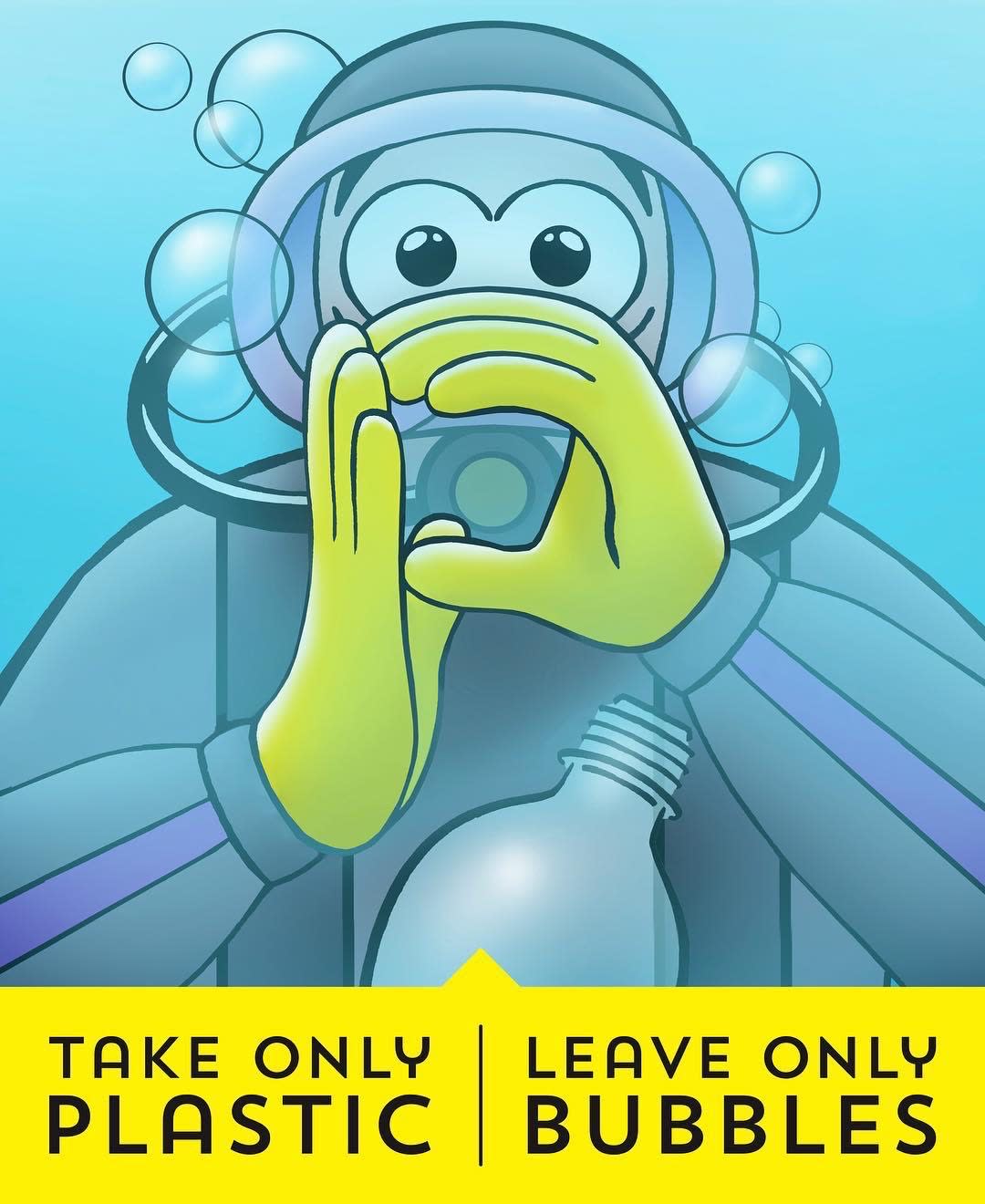
Australia produces 2.5 million tonnes of plastic waste each year, which is approximately 100kg of plastic per person; from this only 13% of plastic is recovered and 84% is sent to landfill, but what is most alarming is that around 130,000 tonnes of the plastic Australians consume leaks into the environment each year. Regarding the important aspect of wasted packaging, Australians use about 70 billion pieces of soft ‘scrunchable’ plastics, such as food wrappers, each year. That’s a lot of garbage blowing about and making its way to the sea. On a positive note, Australia is working towards a healthier future – by December 2023 at least 80% of supermarket products will need to display the Australasian Recycling Label and work is currently happening with the textile and whitegoods sectors on an industry-led phase-in of microfibre filters on new residential and commercial washing machines by 1 July 2030. We all live downstream.
We need to find solutions that are compatible with nature or re-design our products so that the plastics that we use are truly recyclable because the demand for recyclable plastics far outweighs the supply. The conversation needs to change from reaction to action. Let’s make this easy – if we simplify plastic production then recycling will be easier on a global scale. Recycling is a ‘reactive’ response to the plastic problem but it’s the best solution we can come up with at present.
We are a planet drowning in plastic – recycling can help; refusal is better.
It’s a planet thing.

